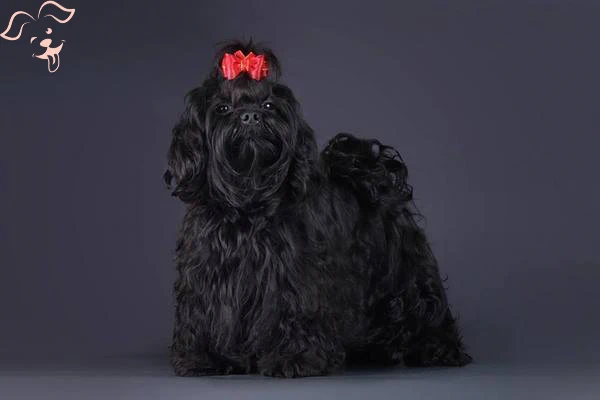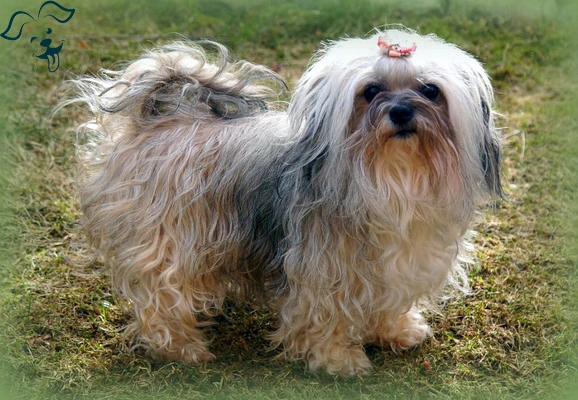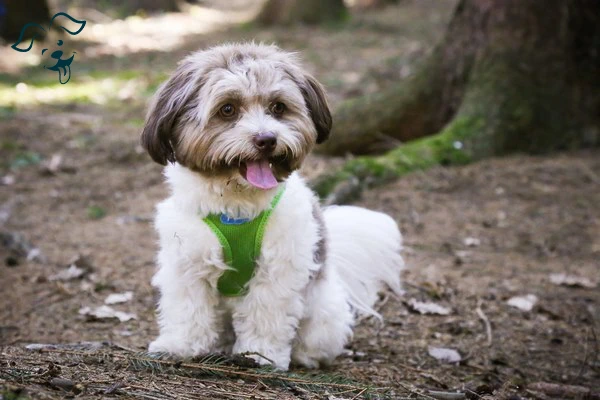CARING WITH FAMILY
|
| The level of affection a breed is likely to display towards family members or individuals they are familiar with can vary. Certain breeds may exhibit reserved behavior towards everyone except their owner, whereas other breeds tend to treat everyone they know as their closest companion. |
LOVE WITH CHILDREN
Unwise
Good With Children
|
| When it comes to a breed's tolerance and patience with children's behavior, as well as their overall family-friendly nature, it's important to consider certain factors. It is recommended that dogs be supervised when around young children or children of any age who have limited exposure to dogs. |
BEHAVIOR WITH DOGS
Unwise
Good With Other Dogs
|
| The level of general friendliness a breed exhibits towards other dogs varies among different breeds. While it is essential to supervise interactions and introductions between dogs, certain breeds are naturally more inclined to get along with other dogs be it in the home environment or in public settings. |
SHEDDING LEVELS & MANAGEMENT
No Shedding
Hair Everywhere
|
| The amount of fur and hair that a breed tends to shed is an important consideration. Breeds with high shedding will require more frequent brushing, are more likely to trigger certain types of allergies and may necessitate more consistent vacuuming and lint-rolling to keep the environment clean. |
COAT GROOMING STANDARDS
|
| When considering a breed, it is crucial to evaluate the frequency of bathing, brushing, trimming and other coat maintenance requirements. This assessment should take into account the time, patience and budget you have available for such grooming efforts. It's important to note that all breeds require regular nail trimming as part of their grooming routine. |
DROOLING INTENSITY
Less Likely to Drool
Always Have a Towel
|
| The tendency for a breed to drool is an important consideration particularly for individuals who are neat freaks. If you prefer to keep your arm free from ropes of slobber or your clothes free from big wet spots, it may be wise to avoid breeds that are known for excessive drooling. |
COAT STYLES GUIDE |
| Wavy |
| COAT SPECTRUM |
| Medium |
FRIENDLINESS
Reserved
Everyone Is My Best Friend
|
| The degree of welcoming behavior a breed exhibits towards strangers can vary. Certain breeds tend to be reserved or cautious around all strangers, regardless of the location, while other breeds are generally joyful and open to meeting new individuals whenever they come across them. |
LIVELINESS
Only When You Want To Play
Non-Stop
|
| The level of enthusiasm a breed shows towards play, even beyond puppyhood is an important factor to consider. Certain breeds maintain a strong desire to play tug-of-war or fetch well into their adult years. On the other hand, some breeds are content with relaxing on the couch with you for the majority of the time. Understanding a breed's playfulness can help align your expectations with their preferred activity levels. |
VIGILANCE INTENSITY
What's Mine Is Yours
Vigilant
|
| A breed's inclination to alert you of the presence of strangers is an important characteristic to consider. Some breeds are more likely to react to any potential threat, whether it's the mailman or a squirrel outside the window. These breeds are known to be vigilant and are likely to warm up to strangers who enter the house when they are accepted by their family. |
ADAPTATION CAPACITY
Lives For Routine
Highly Adaptable
|
| The adaptability of a breed in handling changes, whether it be changes in living conditions, noise levels, weather conditions, daily schedules or other day-to-day variations is truly remarkable. |
OBEDIENCE LEVEL
Self-Willed
Eager to Please
|
| When it comes to training your dog and their willingness to learn new things, the ease and willingness can vary greatly among different breeds. Some breeds are naturally inclined to strive and make their owners proud through training, while others have a preference for independence and doing things on their terms, wherever and whenever they please. |
STAMINA LEVEL
|
| The exercise and mental stimulation need of different breeds vary greatly. For high-energy breeds, their eager nature drives them to engage in running, jumping and playful activities throughout the day always ready for the next exciting adventure. Conversely, low-energy breeds are more akin to relaxed couch potatoes content with simply lounging around and enjoying a peaceful snooze. |
VOCALIZATION
|
| Infrequent |
LEARNING CURIOSITY LEVEL
Happy to Lounge
Needs a Job or Activity
|
| Understanding the level of mental stimulation necessary to ensure a breed's happiness and overall well-being is of utmost importance. Purpose-bred dogs designed for specific tasks that involve decision-making, problem-solving, concentration and other cognitive abilities, require adequate brain exercise. Without fulfilling their mental needs, these intelligent breeds may seek out their own activities to keep their minds occupied and these activities may not align with your preferences or desires. |
| COLORS |
|
Description
|
Registration Code
|
|
Red Sable
|
155
|
|
Golden
|
093
|
|
Sable
|
164
|
|
Black & Tan
|
018
|
|
Red, Black Overlay
|
422
|
|
Brown, Black Overlay
|
421
|
|
Grizzle
|
109
|
|
Black Brindle
|
279
|
|
Black
|
007
|
|
Brown
|
061
|
|
Red
|
140
|
|
Gray
|
100
|
|
Wolfgray
|
227
|
|
Fawn
|
082
|
|
Blue
|
037
|
|
Cream
|
076
|
|
Silver
|
176
|
|
| PATTERNS |
|
Description
|
Registration Code
|
|
Black Mask
|
004
|
|
Tan Points
|
029
|
|
Tan Markings
|
012
|
|
Silver Markings
|
034
|
|
Fawn Markings
|
008
|
|
Saddle Pattern
|
131
|
|
Brindle
|
051
|
|






























FRIENDLINESS
LIVELINESS
VIGILANCE INTENSITY
ADAPTATION CAPACITY